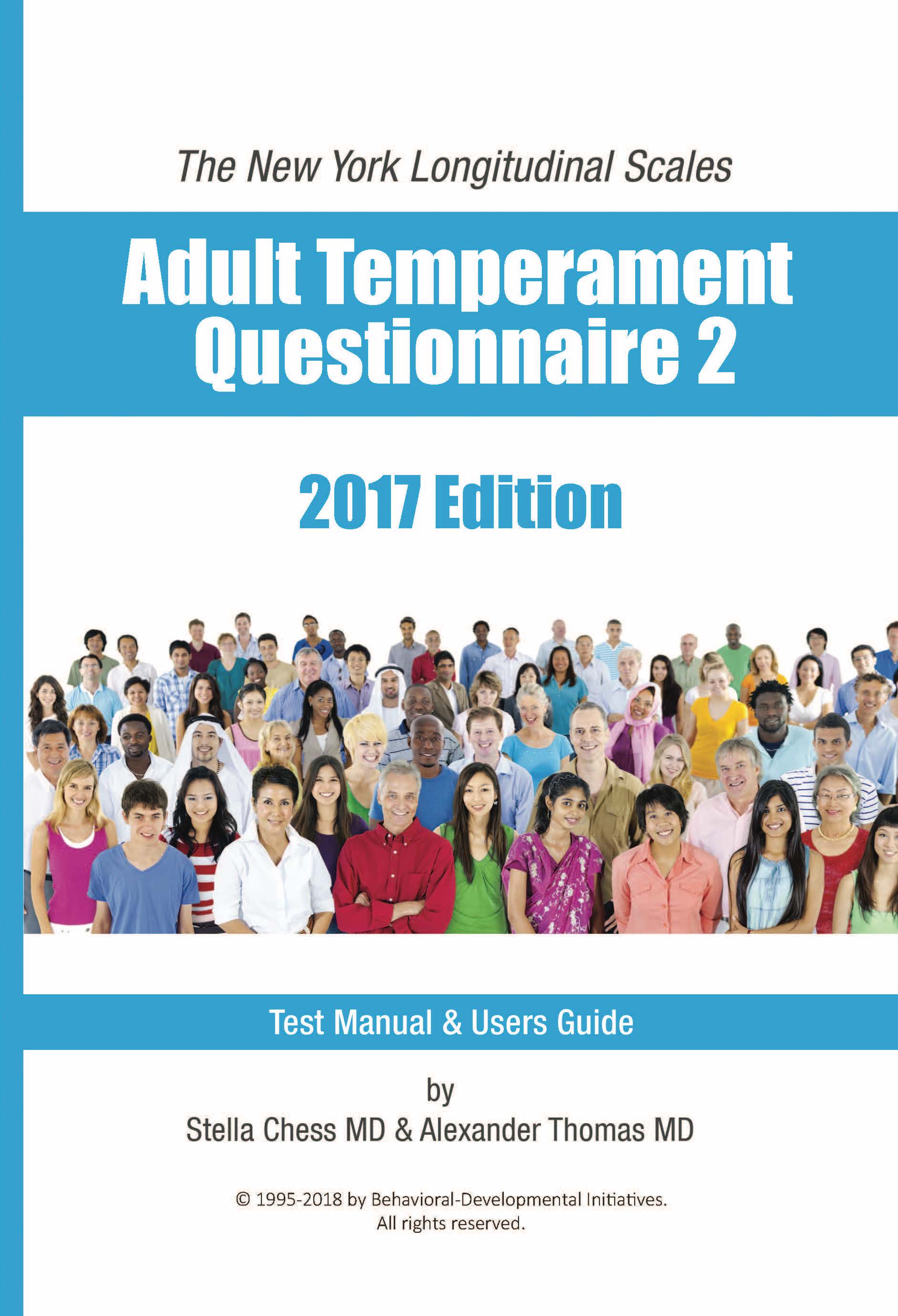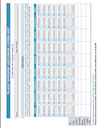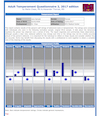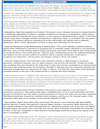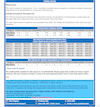ATQ2: 2017 Edition. New items for the NYLS Adult Temperament Questionnaire
The Adult Temperament Questionnaire provides information regarding the temperament of adults, and is based on the landmark research of Drs. Alexander Thomas, Stella Chess and associates in the New York Longitudinal Study. Categories of temperament or behavioral style indicate how the individual responds to the environment around him or her, the how of behavior. Research has shown that infants, children and adults differ in a consistent way from one another on these dimensions and that these characteristics are part of the foundation of individual personality. The ATQ2 uses 9 categories to describe these reactions: activity level, regularity, adaptability, approach to novelty, emotional intensity, quality of mood, sensory sensitivity, distractibility and persistence.
Questionnaire Versions
The original 54 item self report questionnaire was distilled from questionnaire items used with the original NYLS sample as part of the early adult followup studies. In 1998, the original ATQ was standardized on the NYLS sample and initial reliability was established.
Over the first 9 years of use by clinicians and researchers, the ATQ was utilized in clinical and academic research settings, and data were collected on over 3000 individuals. New norms were developed and the instrument version was updated to ATQ2
In 2013 new norms were developed, based on 6400 adults who had completed the original questionnaire. The scoring process now allowed users to select the normative group that will be used for their temperament profile (e.g., college age males, females in their 40s, etc.) or to use the original, now called 'classic,' norms. Doing this adjusted the user's profile comparisons to an appropriate age and gender reference group, resulting in a more meaningful interpretations. In addition, profile category descriptions in the online scoring software were extended from three to five levels for each of the nine scales, allowing for finer grained statements about temperament for each individual.
In 2017 6 new items were added for evaluation and possible inclusion in the ATQ2, strengthening and broadening the coverage of three scales. Although not yet included in the scoring process, these items may find their way into a future update, to be called ATQ3.
New Scoring Features
Auto-advancing during questionnaire input and pre-submit entry checking in the scoring software reduces user errors. New printing capabilitites enable one click printing of the 3 page reports or creation of a pdf file version of the ATQ2 report.
Hand scored practice sets and refill sets now include access codes for a virtual profile sheet call ATQ iProfile. By entering the raw scores and impressions online, a custom profile sheet is created using the age and gender norms selected for comparison.
What options are available for accessing the ATQ 2nd Edition?- Professional Practice Sets with Test Manual, User's Guide with questionnaires, scoring and profile sheets.
Click here. - ATQ2 iReport Writer software uses and iReport Writer practice sets.
Click here. - Questionnaire refills, with and without scoring and profile sheets.
Click here. - etesting.center-ATQ2 referrals can be made for clients. Now available!
Click here. - Online self-test on the www.b-di.com home page. Get additional access codes for others.
Click here.
